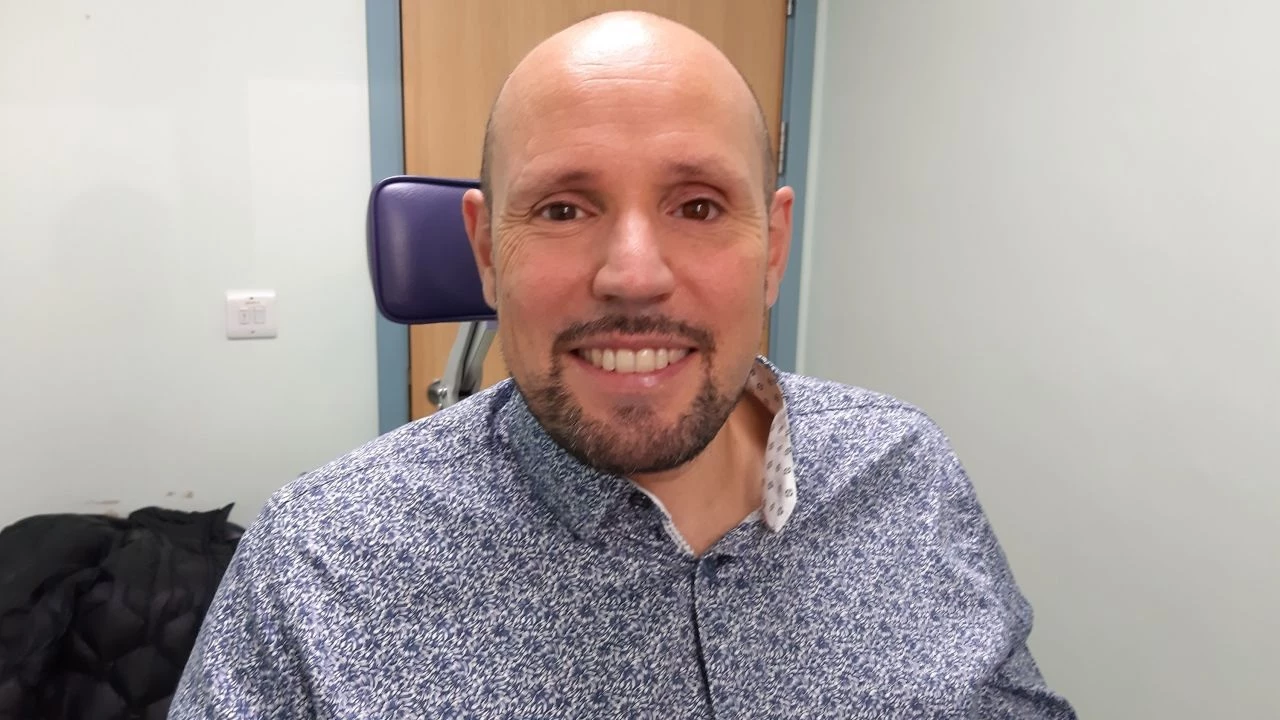3D Printing is Already Helping with Eye Prostheses: What Benefits Does the Innovation Offer Patients?
Cosmetic eye prostheses, usually made of glass or acrylic, serve to mask cosmetic defects due to eye damage from various causes. The process of their creation has so far been quite demanding and usually took several weeks. In the United Kingdom, however, the first patient has already had a 3D-printed eye prosthesis implanted. Its main advantages include the speed of production, but above all a realistic appearance that perfectly imitates a healthy eye.
Historical Milestone
At the end of 2021, a short news report went around the world that the first patient in the world had received a 3D-printed eye prosthesis in the United Kingdom. Another step in technological progress was made at Moorfields Eye Hospital NHS Foundation Trust in London. The first-ever patient with a 3D-printed artificial eye prosthesis was Steve Verze, a 47-year-old information technology engineer who suffered an injury to his left eye when he was 7 years old. At just 21, he then developed complete blindness in the injured eye, which, according to him, led to the decision to undergo the implantation of a traditional eye prosthesis.
The traditionally made artificial eye prosthesis, however, did not fully meet the patient's expectations. According to his words, he often looked in the mirror when leaving home and was not satisfied with what he saw. This has now changed − after another quarter of a century of his life −. In the fall of 2021, he became part of a study focused on the production and implantation of eye prostheses using a 3D printer.
Non-invasive and Fast Process
According to the hospital's press release, the whole process is faster and less invasive than producing a traditional acrylic eye prosthesis. Creating the traditional prosthesis takes about 6 weeks and requires a mold of the eye socket, which can be associated with the need for general anesthesia in children.
The production of an eye prosthesis using a 3D printer, on the other hand, only requires a scan of the eye socket and the healthy eye so that the eye prosthesis imitates it as faithfully as possible. The actual production of the prosthesis then takes only 2–2.5 hours. It is then sent to an ocularist who finishes, polishes, and implants it. The whole process thus takes 2–3 weeks, which is half the time needed for a traditional prosthesis.
Indistinguishable from the Original
The main benefit of the artificial eye prosthesis produced using a 3D printer is, of course, the realistic imitation of a healthy eye. This is confirmed not only by Steve, who is extremely satisfied with the new eye, but also by the photograph included in the press release and other articles. At a casual glance, it is practically indistinguishable which eye is artificial and which is healthy.

Patient Steve Verze after implanting the 3D printed eye prosthesis
The initial success should be followed by a larger clinical study, from which lead researcher Professor Mandeep Sagoo hopes to obtain robust evidence of the benefits of the new method.
(holi)
Sources:
1. Moorfields patient receives world’s first 3D printed eye. Moorfields Eye Hospital NHS Foundation Trust, 2021 Nov 25. Available at: www.moorfields.nhs.uk/news/moorfields-patient-receives-world-s-first-3d-printed-eye
2. Spary S. British man given 3D printed eye in world first, hospital says. CNN, 2021 Nov 25. Available at: https://edition.cnn.com/2021/11/25/health/3d-printed-eye-scli-intl-gbr-scn/index.html
3. Tayeb Z. Meet the man who received the world's first 3D-printed prosthetic eye. He hopes to inspire more people to sign up for the 'liberating' procedure. Insider, 2022 Feb 5. Available at: www.businessinsider.com/steven-verze-world-first-3d-printed-prosthetic-eye-moorfields-hospital-2022-2
Did you like this article? Would you like to comment on it? Write to us. We are interested in your opinion. We will not publish it, but we will gladly answer you.
News from the world of medicine
All conferences
Popular this week
- How Compassion Fatigue Threatens Doctors and Other Healthcare Workers
- A device the size of a matchbox will help treat obstructive sleep apnea
- Good, Bad, or Ugly? What's the Deal with Eggs?
- Non-Invasive Analysis of Gut Microbiome Biomarkers Enhances Diagnosis of IBD
- New Technology Enables Early Monitoring and Therapy for tPA-Resistant Blood Clots
